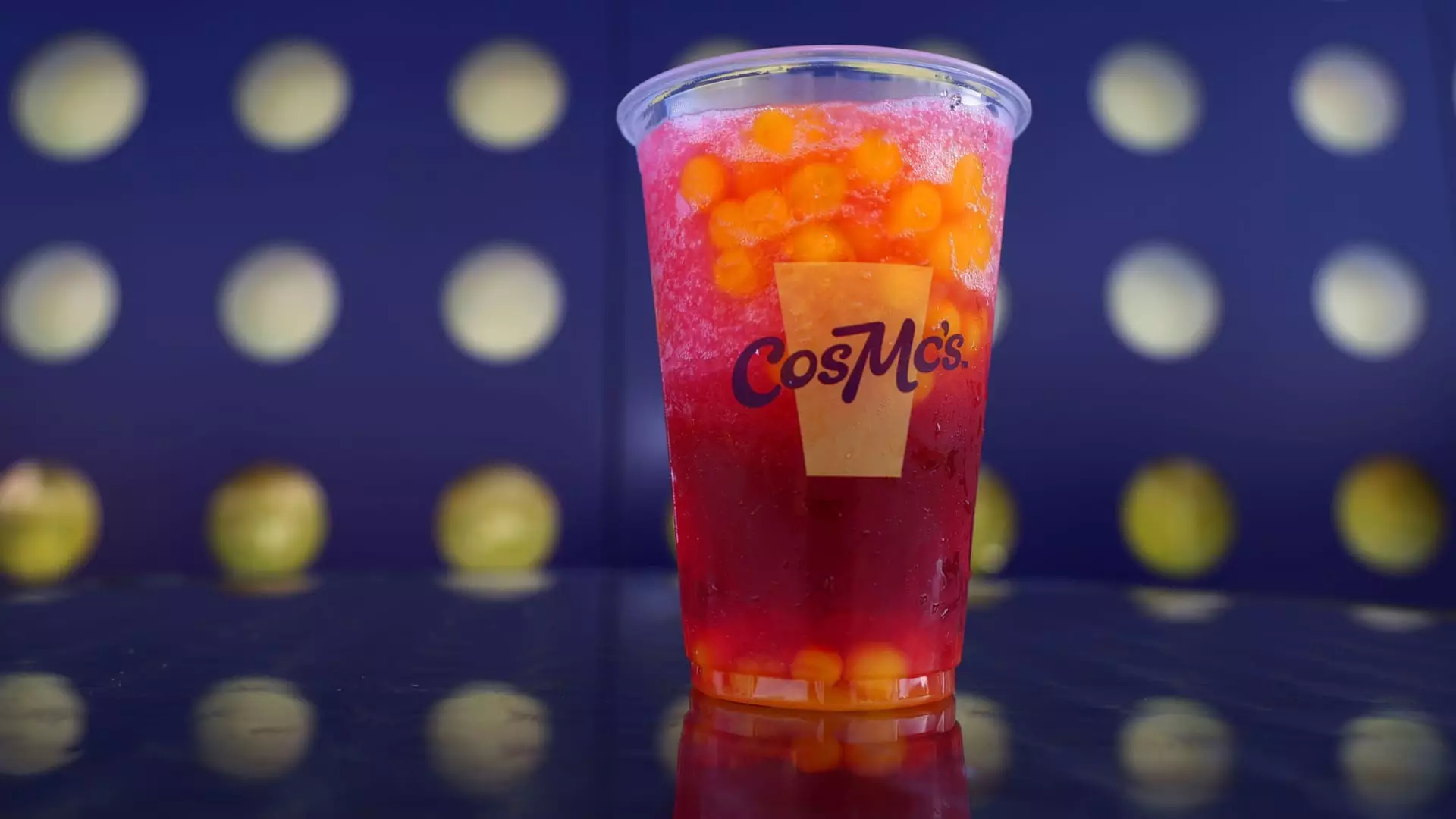In a world where consumption patterns are rapidly evolving, fast-food chains find themselves at a crossroads. Chains like Chick-fil-A and Taco Bell are diverting their attention away from traditional menu staples to embrace an unexpected powerhouse: beverages. This pivot towards vibrant, flavorful drinks seeks to attract a younger demographic who, unlike past generations, is known for its adventurous palate. The move can be seen as a direct response to a stark decline in soda consumption, which has raised alarms within the industry since its peak in 2000.
As soda sales plummet, restaurants have seized the opportunity to innovate. The increasing presence of beverages such as exotic refreshers and agua frescas is a testament to this transition. These drinks not only satisfy consumers’ desire for something different but also promise higher profit margins—an enticing prospect for restaurant operators grappling with tightening budgets and fierce competition.
The ‘Little Treat’ Culture: A Sweet Escape
Young consumers today revel in the ‘little treat’ culture, where a spending splurge on a sugary beverage is seen not just as indulgence, but as an affordable luxury. The allure of trendy drinks loaded with calories—requiring little more than a burst of syrup flavors—has become hard to resist for young adults daunting the economic uncertainties of the modern world. It’s the paradox of our age; as health concerns rise, so do the sales of hyper-sweetened beverages.
Brands like McDonald’s are leaning into this trend with their spinoff concept, CosMc’s, which features inventions like fruity popping boba. Meanwhile, Wendy’s has introduced vibrant flavors including blueberry pomegranate, catering to a more diverse consumer base. The focus on “crafted” drinks may come off as mere marketing fluff, yet it’s evidently resonating well with Gen Z consumers, who find innovative flavor profiles refreshing and exciting.
A Diverse Palette for Diverse Generations
What distinguishes this current beverage revolution from previous trends is the eclectic mix of flavors that reflect the diversity of its consumers. Flavor preferences have broadened, with Gen Z particularly driven by a desire for options that reflect their multifaceted backgrounds. For instance, a French syrup company’s future flavor of the year is yuzu, an East-Asian citrus prized for its unique taste. This incorporation of exotic ingredients breaks away from traditional flavor limitations imposed by older generations, demonstrating that chains are willing to experiment, even if it initially seems outlandish.
While the rush to create new beverage offerings might seem like mere trend-chasing, it signals a deeper understanding of market demands. This widespread embrace of diversity in beverage choices indicates a critical shift in how fast-food giants perceive their consumers; they are not just looking to alluring aesthetics but are genuinely trying to cater to contemporary palates.
The Economics of Beverages vs. Food Items
From a financial perspective, beverages represent a pragmatic opportunity for growth. The strategy is straightforward: beverages are generally more profitable and easier to introduce than new food items, making them highly attractive for fast-food chains. Beverage production often requires less labor and incurs fewer storage challenges, making it a viable option for many establishments eager to bolster their bottom line.
For example, Wendy’s has identified that about 30% of its customers do not add drinks to their orders, representing a significant area for potential revenue growth. By innovating in the beverages space, Wendy’s and others aim to convert missed opportunities into profitable outcomes, emphasizing drinks as a way to solidify customer loyalty in a hyper-competitive marketplace.
Future Innovations: Beyond the Ordinary
Not content with simply adjusting their existing offerings, large chains like Taco Bell are looking toward massive expansions in their beverage menus. The ambitious Live Mas Café concept aims to be a breeding ground for inventiveness. Boasting more than 30 unique drink options, from Churro Chillers to caffeinated refrescas, Taco Bell’s endeavor represents a desperate but strategic grasp for a multi-billion-dollar beverage market.
With the goal of a $5 billion beverage business by 2030, Taco Bell’s initiative indicates how vital this aspect of their menu has become. As companies begin to view beverages through the lens of key revenue generators, we can expect even bolder flavors and imaginative concoctions to hit the market in the coming years.
Emerging beverage trends—from bubble tea-inspired adaptations to signature drink mashups—suggest we have only scratched the surface of what’s possible. The fundamental takeaway is a stark reminder to those in the fast-food industry: embracing the changing landscape is essential, and being attuned to consumer desires will determine who thrives and who merely survives.

Leave a Reply